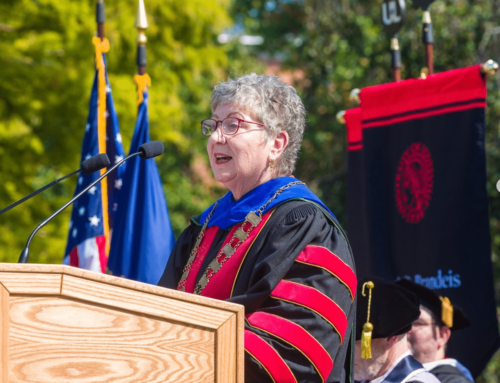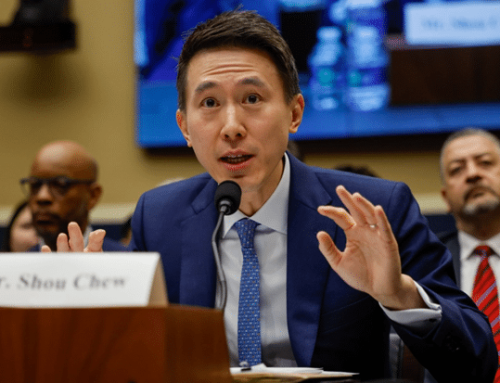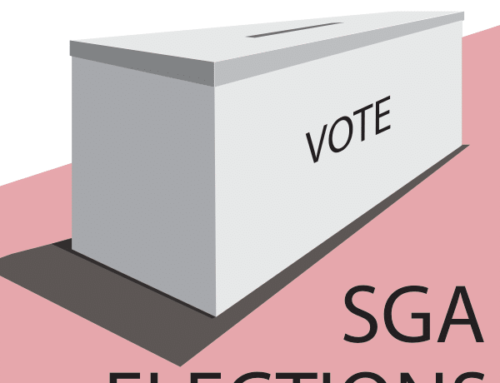By Nadine Morris
The former curator of the Library of Congress”s architectural collections and current teacher of history of architecture and photography at the University of Louisville gave a speech titled, ‘Building Propaganda: Architecture at the American National Exhibition in Moscow of 1959.’
Christina Carbone”s speech took place on Nov. 6 at the Speed Art Museum Auditorium. She primarily planned on discussing ways suburban houses and geodesic domes became weapons in the fight for the attention of Cold War Soviets.Ê
‘I became aware of the importance of the American National Exhibition in Moscow ANEM while working at the Library of Congress,’ said Carbone.Ê ‘While it was called “the most important propaganda event since World War II” it has largely been forgotten.Ê I have spent the last several years digging through files in the National Archives, the United States Information Agency Library, the Richard Nixon Presidential Library, as well as interviewing participants in the planning of the ANEM, such as Ambassador at Large Gilbert Robinson and presidential Gerald Ford (who went to Moscow in 1959 as part of a House of Representatives delegation), and visitors to the ANEM such as Soviet architectural historian Vladimir Paperny.’
Carbone is currently the Frederic Lindley Morgan Post-Doctoral Fellow at the Allen R. Hite Art Institute at the University of Louisville where she teaches courses on the history of architecture and photography.Ê As the former curator of the Library of Congress”s Architectural collections she curated exhibitions on the Chicago World”s Fair and New York designer Winold Reiss.Ê Carbone received her doctorate at the University of California at Santa Barbara in 2001.Ê She is currently writing a book on the same subject as the speech, which will include discussions of the highly controversial art display (an event that saw the reconvening of Joe McCarthy”s reviled House Un-American Activities Committee).
‘At a time when propaganda wars are being fought in our homes, on our televisions and over our radios, we would be wise to understand the recent historic precedents for our government”s current actions,’ stated Carbone.Ê ‘The U.S. did not become a ‘leader of the free world’ until after World War II.’
Carbone also discussed how the post –World War II U.S. government went about convincing the world that it was ‘the nation to trust’ (versus the USSR) and that democracy and capitalism had real and immediate benefits for the average family.
‘One surprise that I found was that the U.S.-Cold War government systematically employed the imagery of everyday suburban life station wagons and track houses, washing machines and sewing machines to show that average Americans enjoyed a high but attainable standard of living.Ê In my opinion, this was a sophisticated and highly subversive means of propaganda,’ said Carbone.





